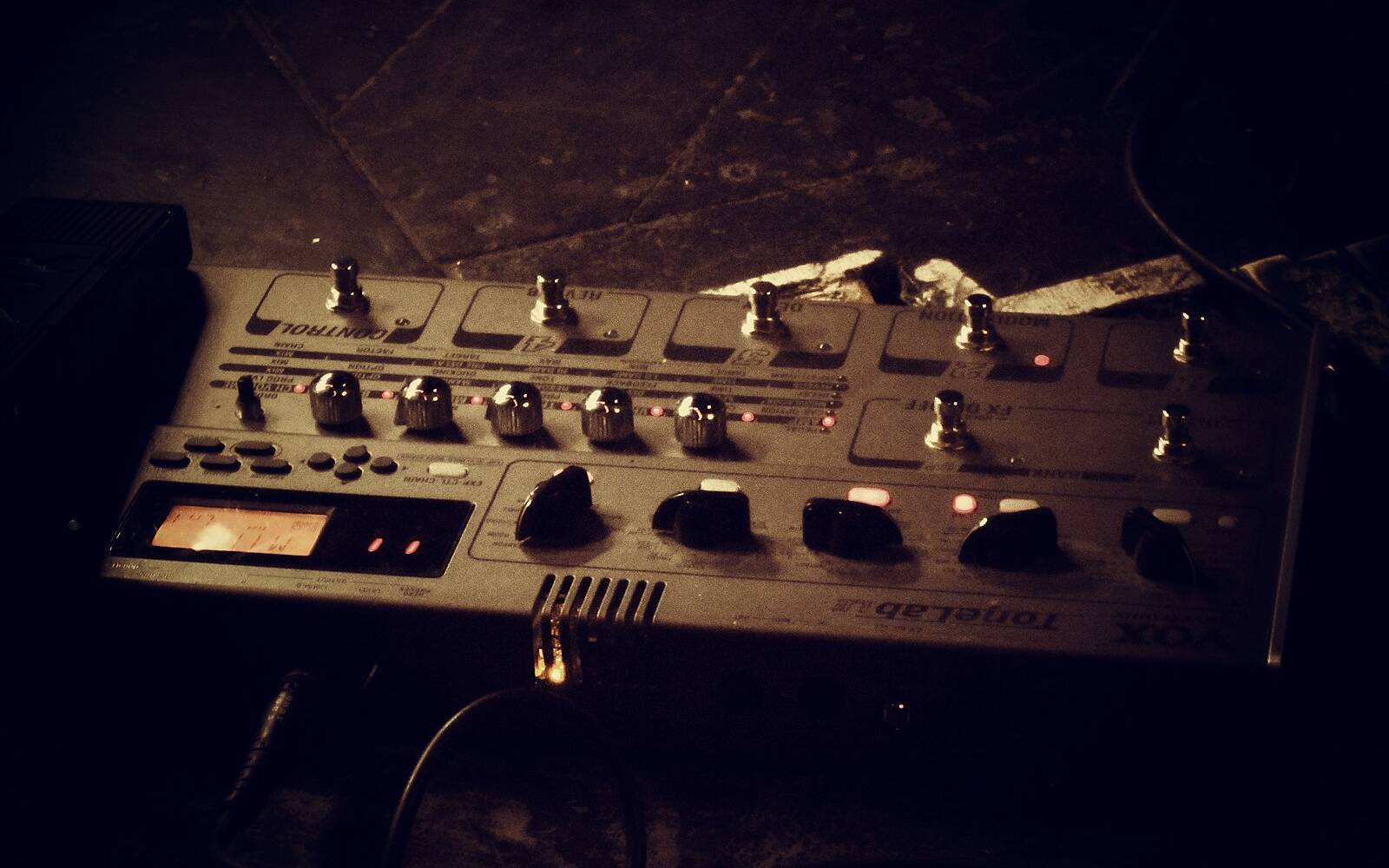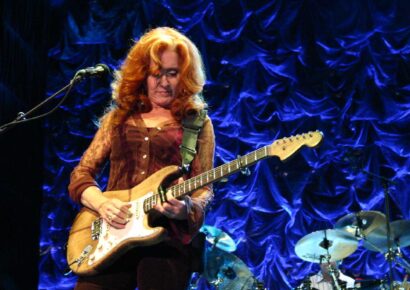Modelling, profilings, and tone capturing in the guitar world is everywhere now.
Even those sacred tone junkies are at least aware of the concept and indeed some have jumped on board in some form to see what all the fuss is about. In a great example of harnessing technology for the good, the concept of modelling, capturing, recreating, or producing something similar to an existing guitar amp or cabinet, as well as effects in the digital realm has really shaken things up. No longer do you need to lug a head and cab or a seriously overweight combo to a gig.
You can plug in a guitar amp modeller and send it straight to front of house if you desire. And, this isn’t just for the rich and famous or even the advanced guitarist. Compact, cost-effective solutions are everywhere, from your big name brands down to the cheaper entry-level-type offerings.
Read up on all the latest columns here.
While many guitarists are hesitant to take the plunge (and often most of them are just holding onto their ‘vintage is better’ mindset without any real justification or evidence to back it up), modellers are seemingly everywhere now. I’m not saying that modelling is the same deal as cranked amps or your favourite amp as you know it in the perfect setting, but modellers have so many positives that you almost can’t ignore them. Many of the initial arguments against modellers (they’re too hard to program, or you can’t adjust them on the fly, they don’t sound like the amp in the room etc.) have been usurped with the ability to route the effects chain, send different settings to both the front of house and your cab/in ears, and then the ability to record seemingly anywhere with access to a massive array of tones that can be done with headphones and a laptop. This accessibility has really brought the modeller into the popular world. The dream of owning a boutique head (or several!) can be overcome with some modellers that will hopefully get you in the ballpark for a fraction of the cost.
While super high-end rigs used to only be the world of big time touring bands and guitarists, nowadays those mega stars often use modellers… but so does the cover band at your local pub. The fact that you can take this digital rig to any venue and have your same setup and sounds can really save time and save the headaches of having to tweak like crazy at the gig. Now don’t get me wrong, I love tube amps and have owned many (and still do). Furthermore, I love pedals and still have a sizable collection and use them often. But, sometimes I still struggle with things sounding drastically different in different rooms, and it depends on where I’m standing, how hard the drummer is hitting, whether I’m wearing earplugs and so on. Whereas, with a modeller and flat range powered cab, my tones are essentially the same no matter what the room. And while you still might have some of the same ‘can’t hear myself as well as I’d like to’ issues, you are somewhat comforted by the fact that you know exactly how your rig sounds.
Making the jump into a modelling rig is sometimes the hardest part. And to be honest, all the (often uninformed) discourse you read on guitar forums and the like makes it seem like some big crazy initiation that is going to take you years to master. For mine, it’s no different to getting a new amp or getting some new pedals that you’ve gotta tweak and get accustomed to. And, you have got options. You can buy a modeller and choose to just go directly to the front of house (and maybe get yourself some in ears or a decent foldback monitor). You can run your modeller into a power amp and guitar cab to try and keep some of the real guitar rig mojo. I’ve settled on a modeller, small power amp, and passive cab which gives me some flexibility in controlling the onstage sound while having the ability to give front of house a consistent and controllable tone that essentially stays the same each gig.
While I won’t be selling any of my amps or pedals any time soon – if you’re on the fence regarding modelling, I’d recommend giving it a go. Even if it’s just for home playing or recording or rehearsing. The access to sounds that I’ve always wanted but typically wouldn’t be able to afford, or get, let alone have all at once in one rig is really amazing. And, then the flexibility of controlling it how I want makes it so flexible and powerful.
More on modelling here.







